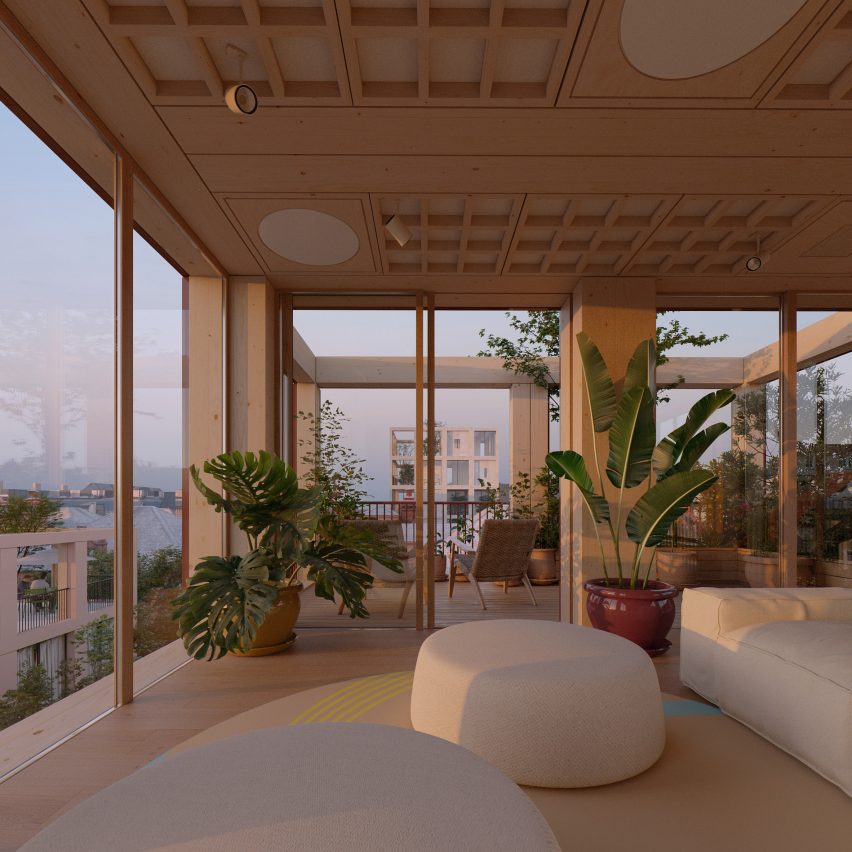
Copenhagen design studio Fragile has teamed up with architecture office MVRDV and manufacturers CREE and Knauf to launch a modular housing kit informed by a 1950s concept by designers Charles and Ray Eames.
Kwickset is a prefabricated construction system that builds on the principles of the Kwikset House, a kit home designed by the Eames in 1951 but never realised.
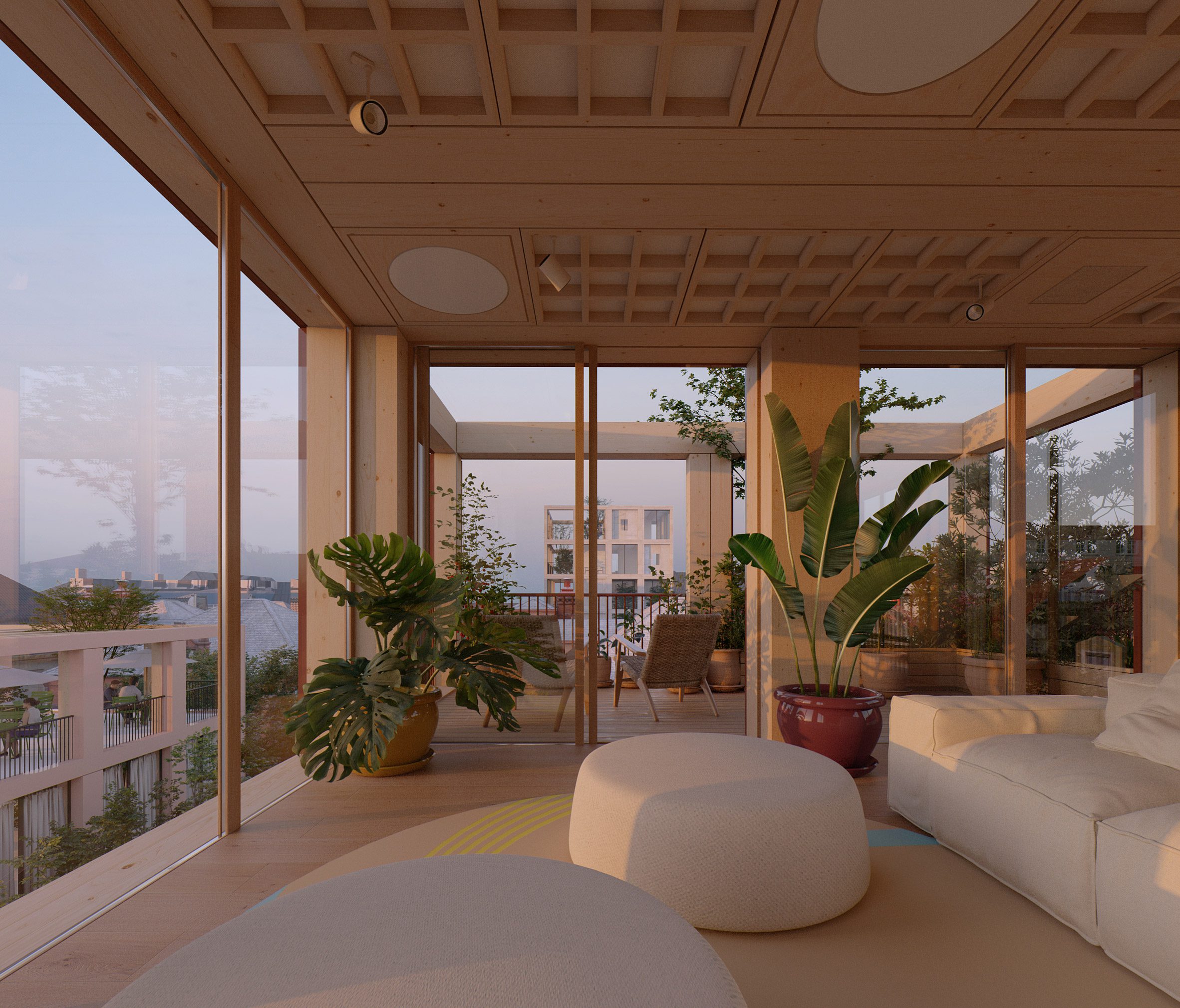
The Kwikset House represented the Eames’ ambition to make high-quality housing affordable. The design was formed of standard, off-the-shelf components, resulting in a house with a reconfigurable layout.
Fragile‘s system is similarly based on building products and systems already on the market. The idea was to bring them together in new ways to offer a wide range of flexible housing typologies.
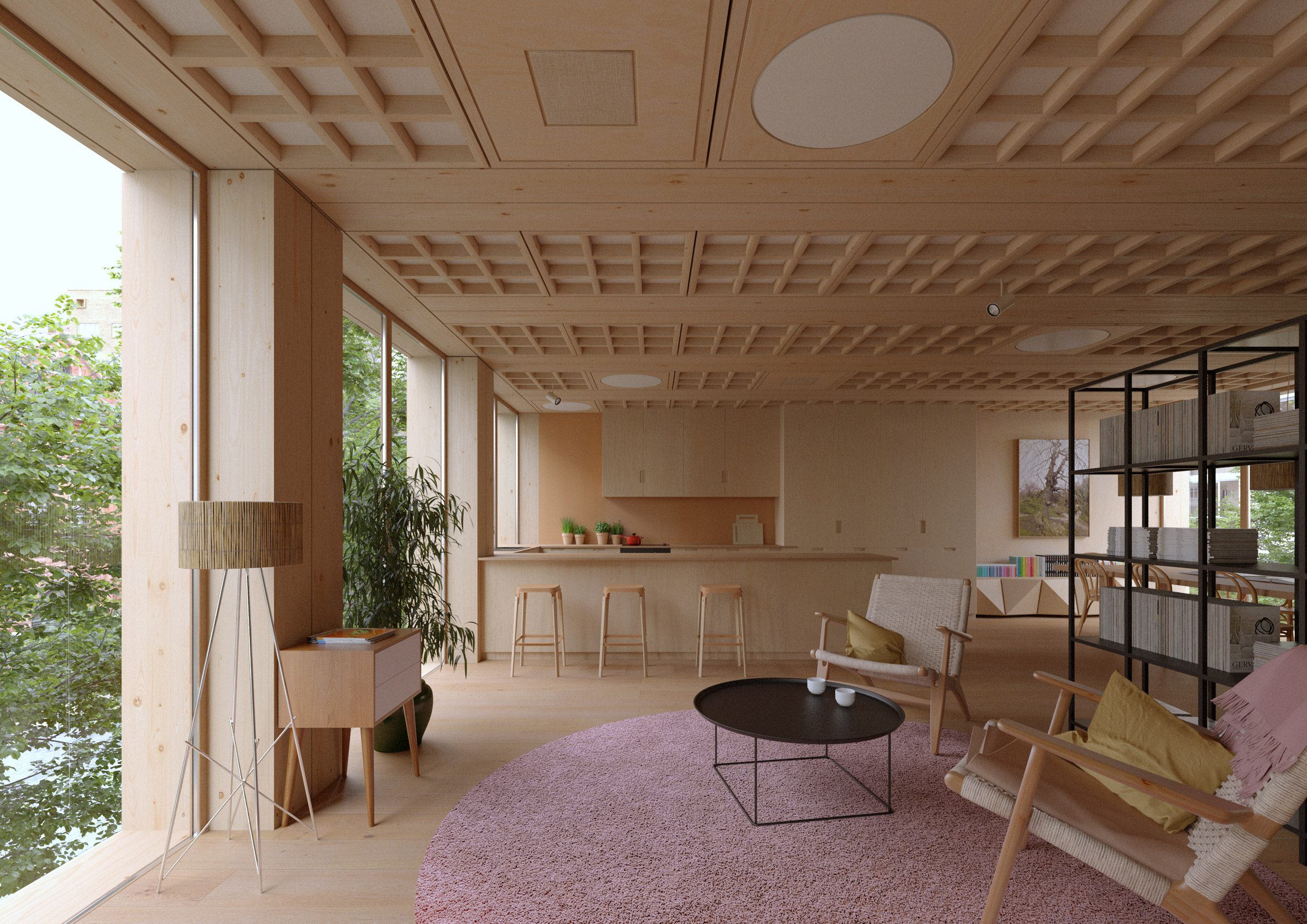
“The Kwikset House was an attempt to provide healthy homes for many people but without reinventing the wheel,” said Lukas Kauer, design strategist and founder of both Fragile and Kwickset.
“It was all about using production methods established at that time and assembling them in the right way,” he told Dezeen.
“That’s what we want to do with Kwickset. We consciously decided not to invent something new, but to see what is already out there and bring the most innovative solutions together.”
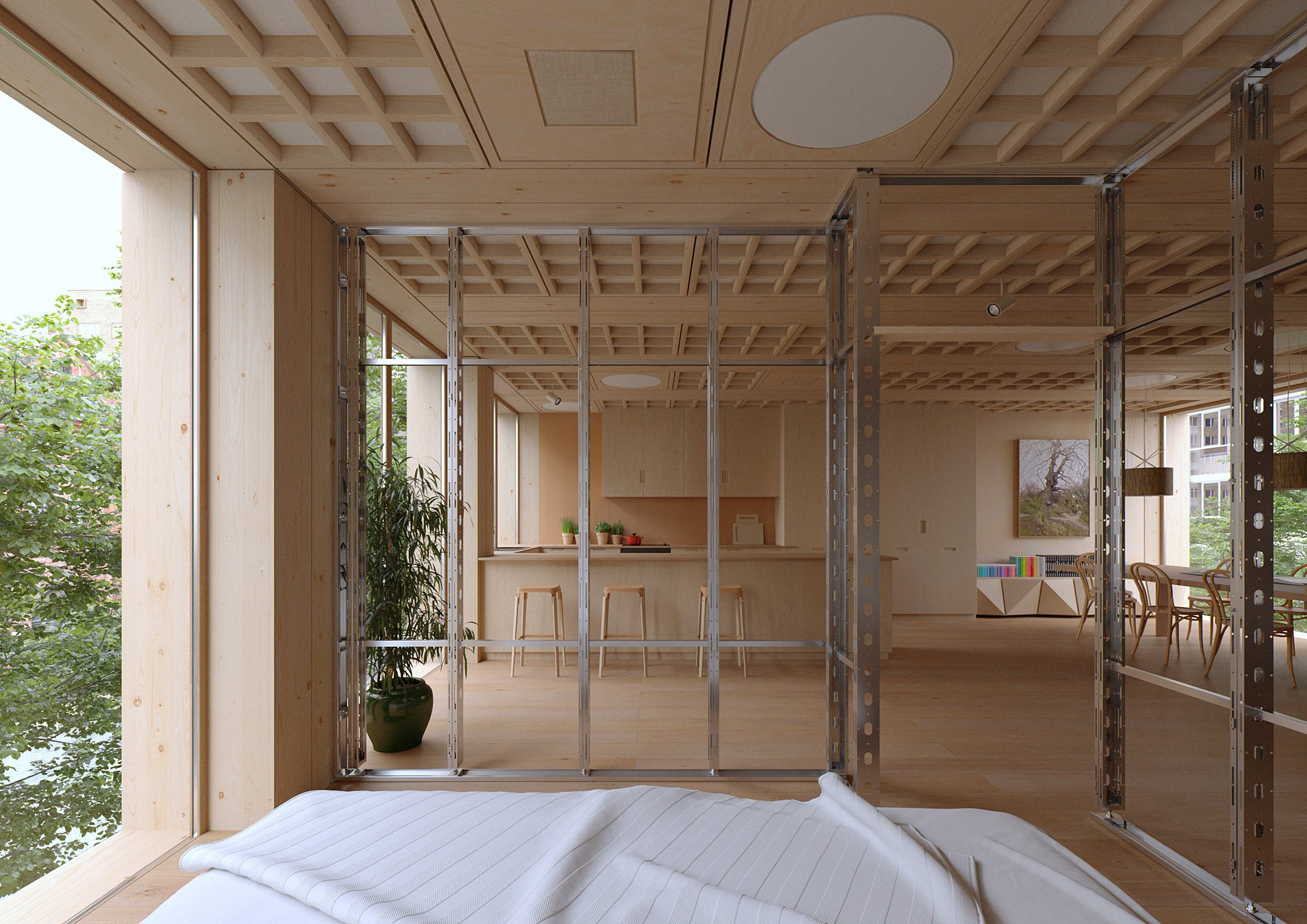
With help from Dutch architecture firm MVRDV, Fragile has developed a system that combines products from partners including timber building manufacturer CREE, drywall specialist Knauf and glazing brand Schüco.
While the Eames’ design was specifically for detached houses, Kwickset is geared towards mass housing across a range of scales, from row housing to larger blocks and towers.
This reflects the change in suburban planning since the 1950s. Today, medium-density development is understood to be better for building communities and reducing carbon footprint.
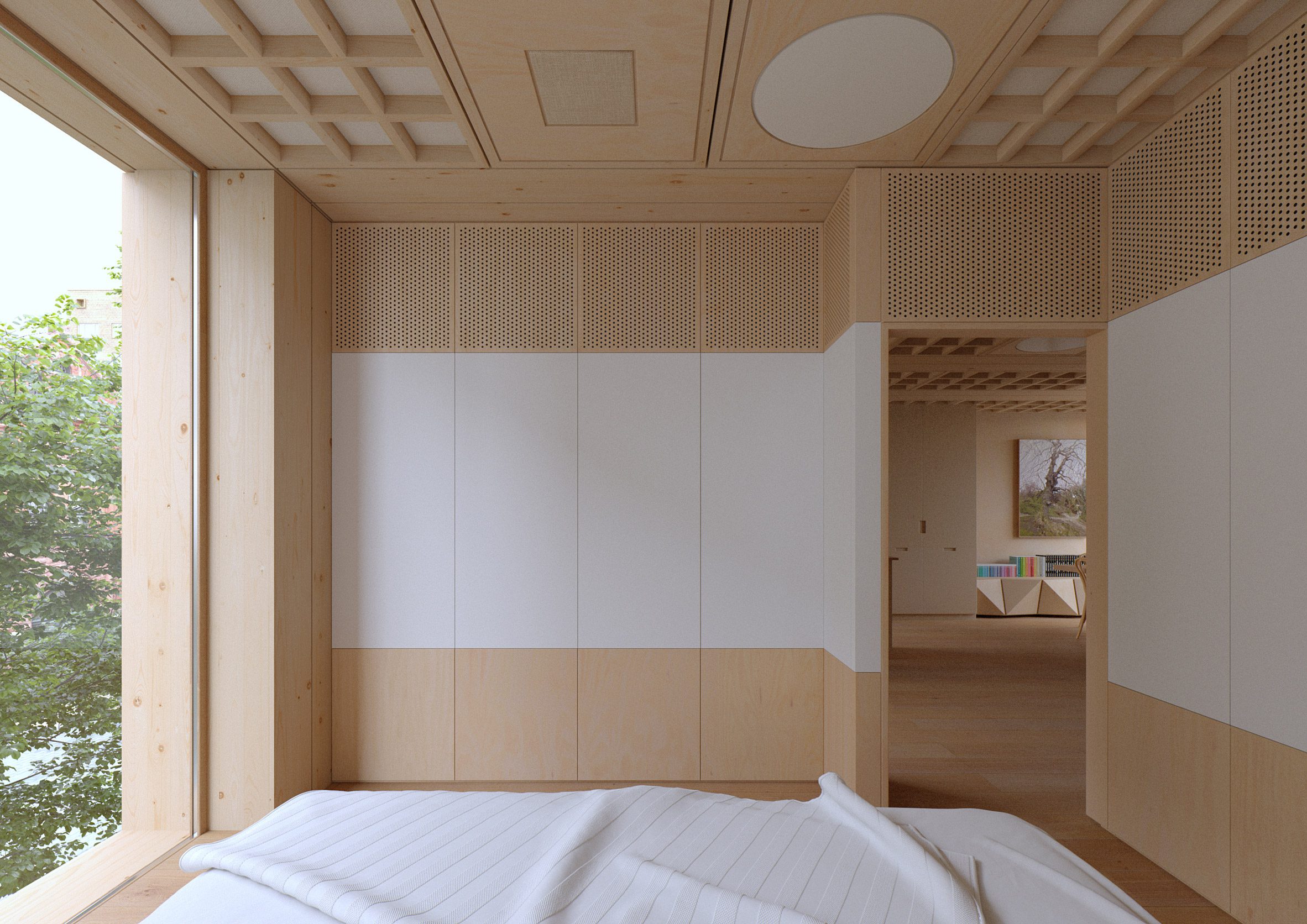
Flexibility is still at the heart of the design. Kwickset’s homes are fully reconfigurable, with walls that can be added, moved or removed to change internal layouts as required.
The design also allows for different types of co-living arrangements.
“We want to provide frameworks for life that change and evolve with people’s needs over time,” said Kauer.
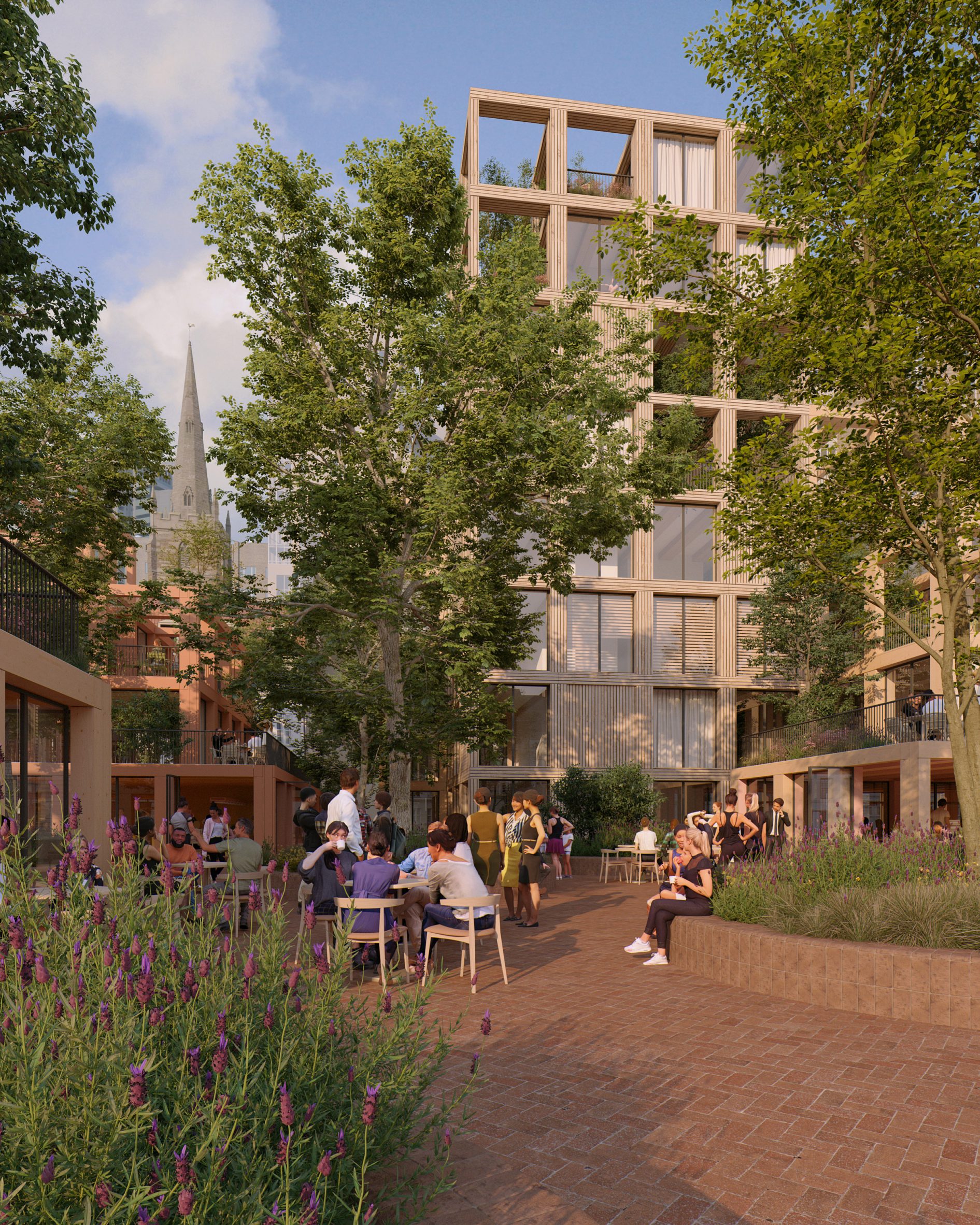
The entrepreneur had the idea for the concept after seeing a project released by another experimental Copenhagen-based design studio, the formerly IKEA-funded Space10.
In 2019, Space10 and architects EFFEKT unveiled The Urban Village Project, a vision for subscription-based housing based on the idea that people of different generations share facilities.
“What really stuck with me was the idea of homes as a framework,” Kauer said.
“By being very smart about where to place the fixed infrastructure, you can create a lot of flexible space, so the same amount of square metres can be used in different ways.”
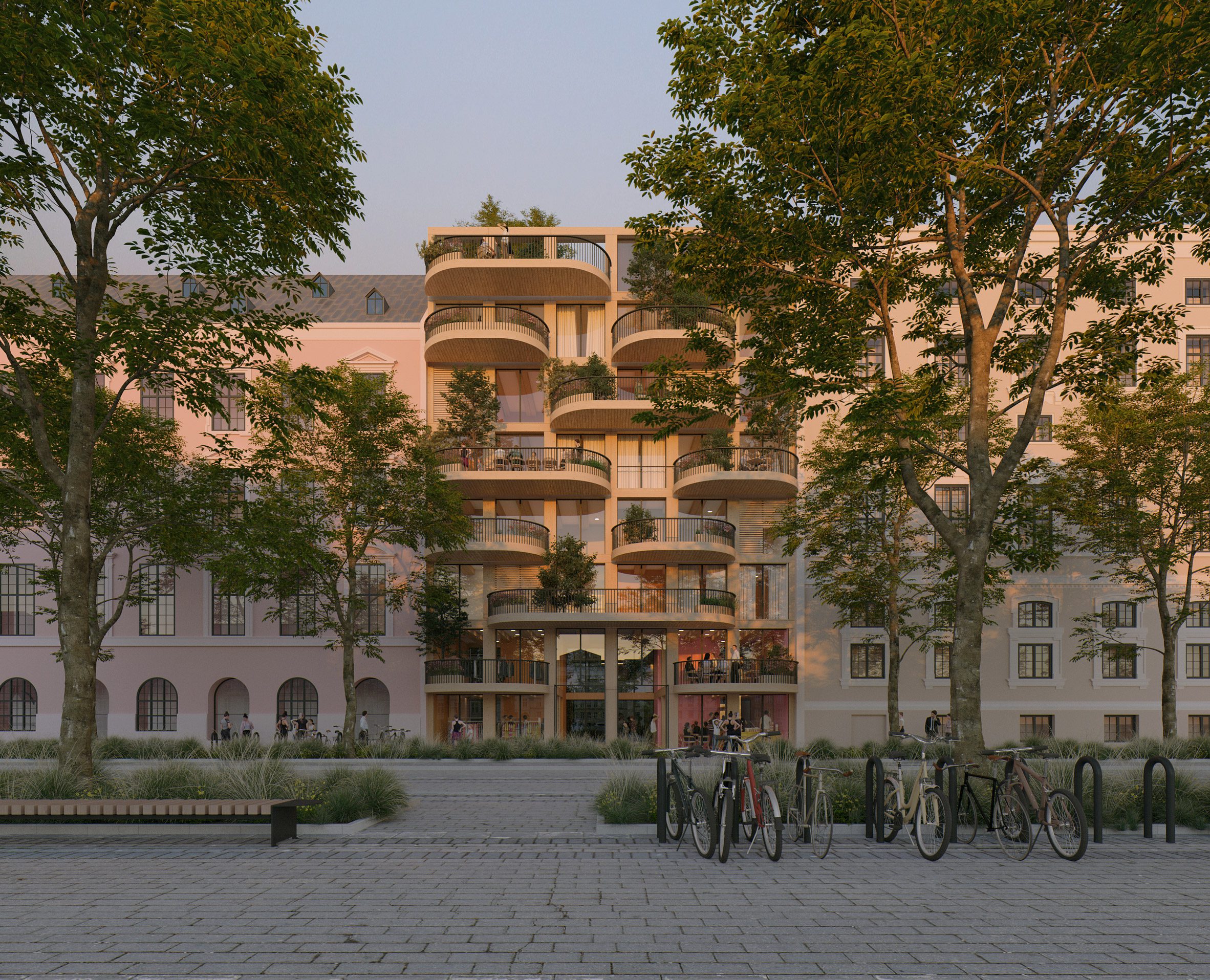
Fragile initially teamed up with EFFEKT on the Adaptable Homes survey, an open-source research project to learn how much adaptability people ideally want from their homes.
The findings of this survey helped Fragile work out the key priorities for the Kwickset system.
“It confirmed our suspicions that adaptability not only makes people feel more at home, but actually allows them to stay in the same home for a longer time,” Kauer stated.
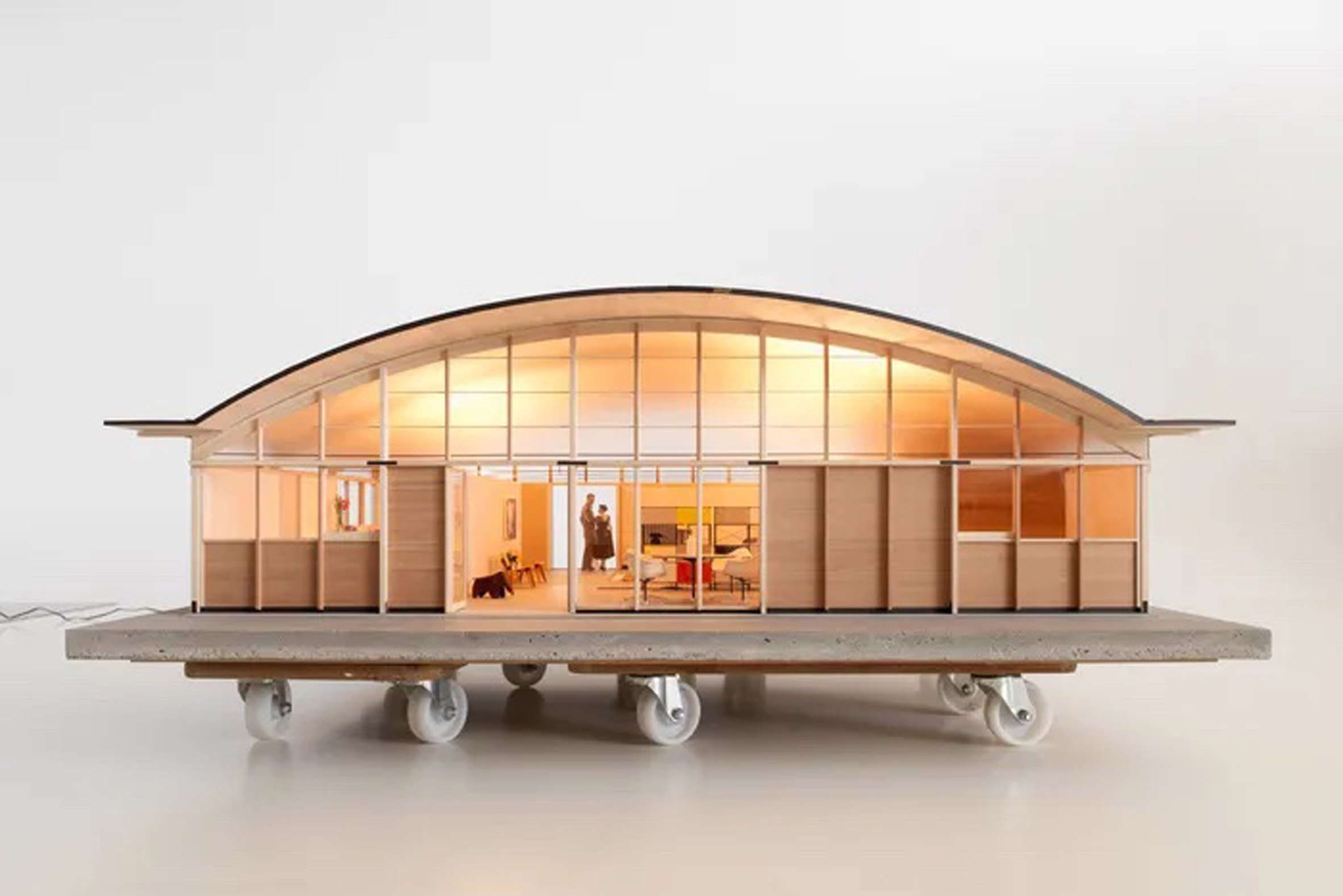
The first Kwickset project is currently in the feasibility stage. Planned for a site in Porto, Portugal, the ambition is for a mixed-use development delivered in partnership with construction company Grupo Casais.
Kauer believes the Kwickset system can help create homes more suited to today’s lifestyles.
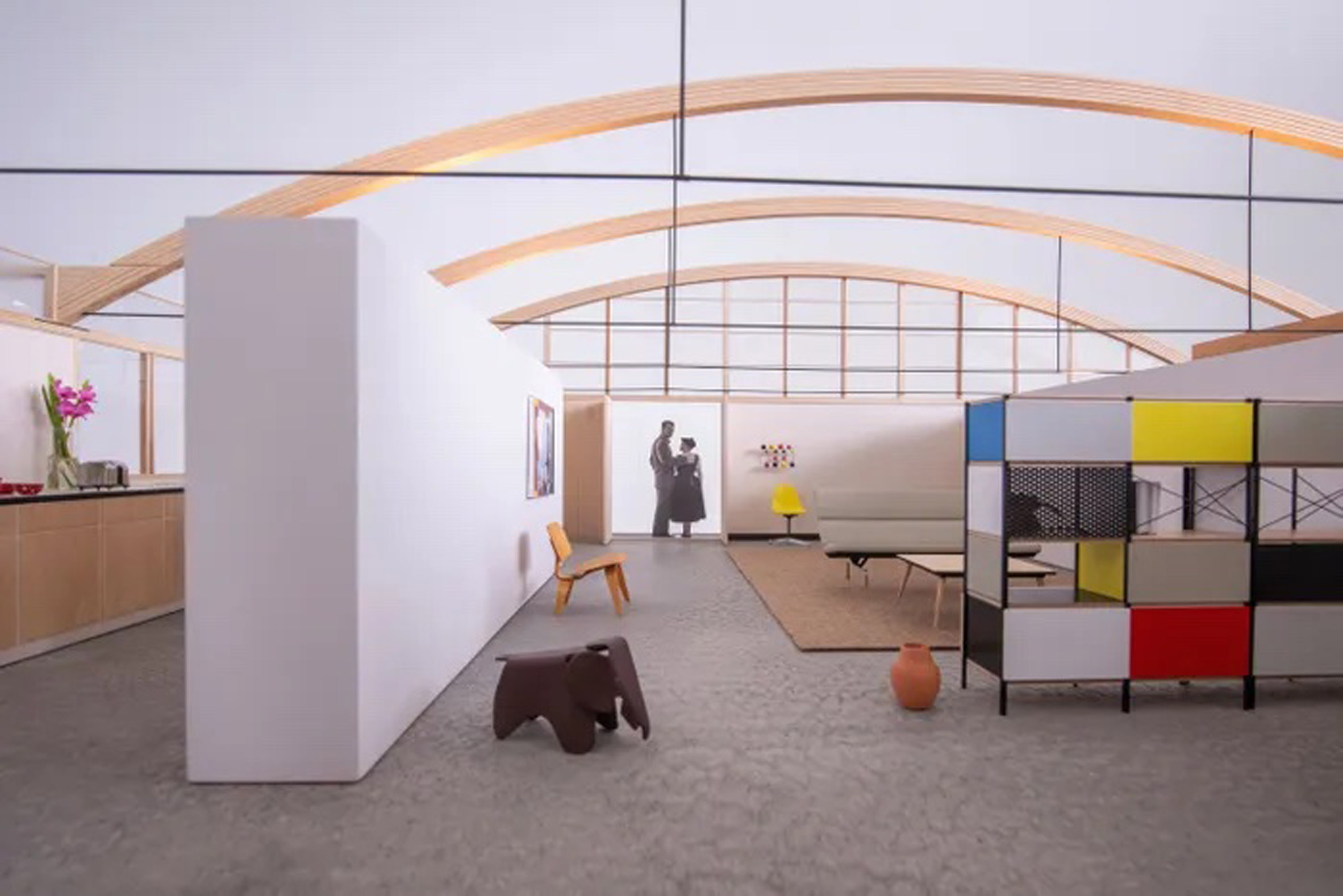
“We are trying to apply the system in the best possible way, to create really nice places to live,” he added.
Kwickset launches on 9 April with a digital event where speakers will include MVRDV co-founder Nathalie De Vries, CREE founder and CEO Hubert Rhomberg, and Jenny Lee of IKEA Life at Home. For more events, exhibitions and talks in architecture and design visit the Dezeen Events Guide.
The post Kwickset launches adaptable prefab housing system based on unbuilt Eames house appeared first on Dezeen.
